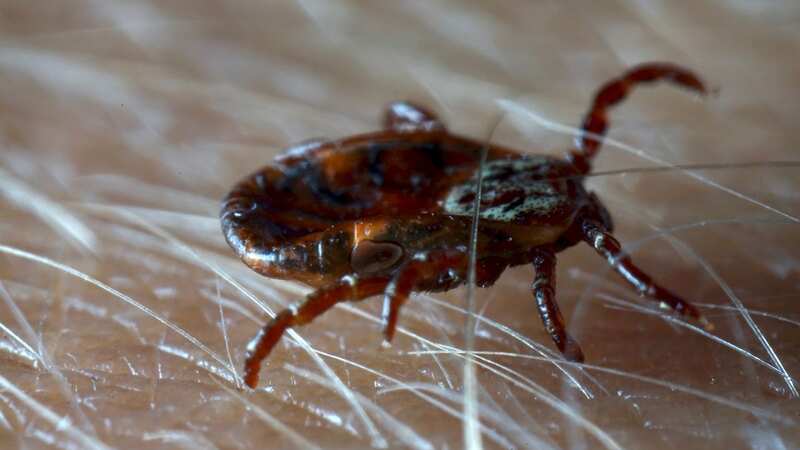Warning over nasty 'jigger' bug so tiny you can't see it but has a painful bite

Holidaymakers are being warned of a nasty bug that's so small you can't see it but will leave you with a painful bite.
While we're all well aware of mosquitoes, you might not have heard of jiggers. Also known as chigoe or sand fleas, the pests often go for your feet and ankles and leave you with a line of itchy bites that mask something very gross.
The good news, however, is that you're unlikely to come across them unless you travel to certain areas. So, what exactly are they, what do they look like and how can you prevent being bitten by them?
What are jiggers?
Jiggers are tiny fleas known by a number of different names and are normally found in sandy areas like beaches, stables and farms. They're nearly impossible to spot with the naked eye, and are only found in certain corners of the world.
The European Centre for Disease Prevention and Control states that they can be found in Central and South America, Africa and the Indian sub-continent. There are also reports you can find them in Mexico and the Caribbean.
 Influencer who encouraged followers to battle obesity dies after gastric surgery
Influencer who encouraged followers to battle obesity dies after gastric surgery
What do their bites look like?
Jigger bites often present themselves as a cluster of red dots on your skin. Unfortunately due to its size, you will probably not realise you're being bitten in the moment.
But it's not the bite itself that is the problem - female fleas will normally burrow into the skin around your ankles and feet. Males will meet them briefly to reproduce, according to Professor Nancy Hinkle from the University of Georgia's Department of Entomology.
The process, she explains, is called tungiasis. The female flea will expel her eggs to the ground after mating and eventually die and fall out of your foot after about two weeks. After burrowing under the skin, the flea typically forms a white, disc-like shape with a black point at the centre, according to Very Well Health.
After a time, the round skin lesion will turn black and it might cause you some pain, swelling and inflammation, as well as itching. Dr Hinkle told Health that there's even more to this that might turn your stomach. The opening in your skin created by the female jigger crawling into it can make you vulnerable to developing a bacterial infection, which in some cases can lead to tetanus or gangrene.
What happens if you get bitten?
You should get the fleas removed from your skin in a sterile way and then covered with a dressing. You should then be given a tetanus shot if yours isn't up to date as well as medications to treat the bite.
How do you prevent jigger bites?
The best way to protect yourself from being bitten by chigoe fleas - or any another critter for that matter - is to wear insect repellent.
It's best to opt for a bug spray that contains DEET.
Read more similar news:
Comments:
comments powered by Disqus

































